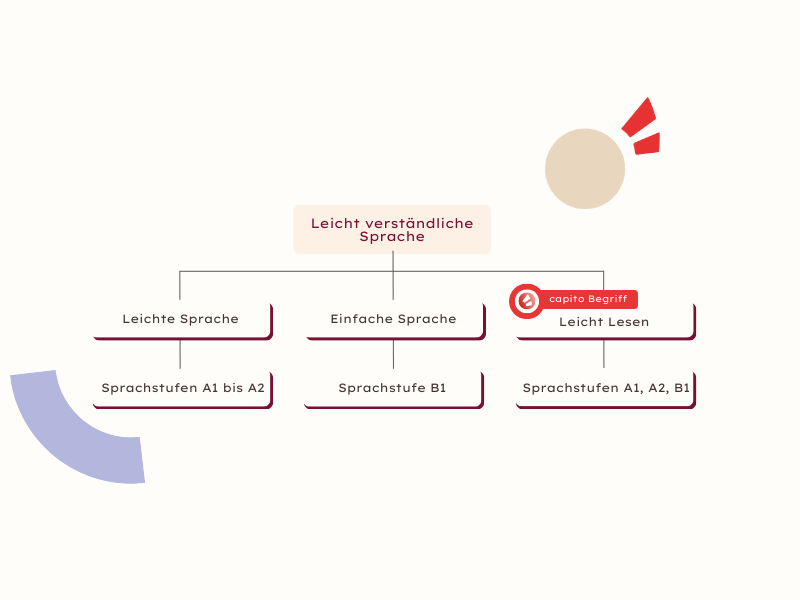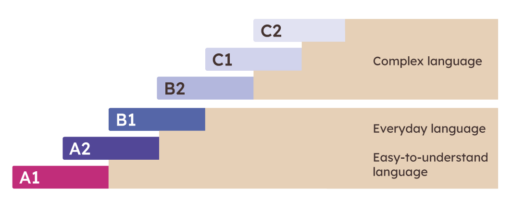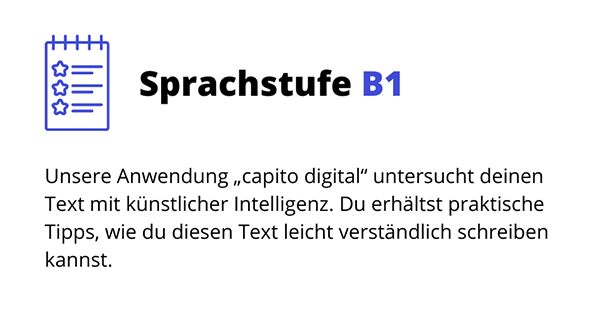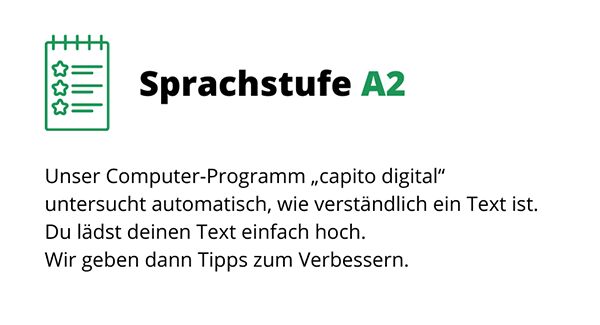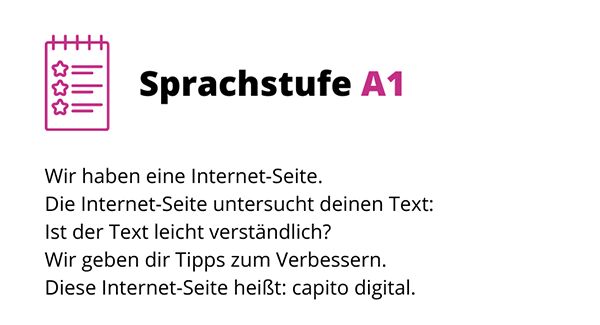Easy Language: What is it and why is it important?
The most frequently asked questions about easy-to-understand language and barrier-free information
Easy Language is a simple version of standard language. Its goal is to make information easier to understand. It deliberately uses simple words, short sentences and a clear structure. Easy Language is part of easy-to-understand language.
Easy-to-understand language goes even further and serves as an umbrella term for Simple Language, Easy Reading and also Easy Language.
In this text, we explain the many terms and most common questions about easy-to-understand language, and explain who can benefit from it.
Why is easy-to-understand language so important?
Many people have difficulty understanding information. For example: a letter from the insurance company or a letter from court. Texts in easy-to-understand language help make complex information more understandable.
We believe that everyone should have access to information and be able to understand it.
Easy-to-understand language enables understanding, promotes participation and is therefore an important step towards greater inclusion in our society. This is why it is also important for companies and public institutions to pay attention to barrier-free communication.
Click here, if you want to know more about barrier-free information.
Want an example?
The sentence “All guests should use public transportation” can be difficult to understand for many people.
It’s easier if you rephrase the sentence: “Use the tramway or the bus.”
The difference between these two sentences may seem small, but the second wording can be much easier to understand and more accessible to many people.
Why? The second sentence becomes easier to understand by directly addressing the recipient and specifying public transportation. Also, because it is a clear instruction, the sentence becomes simpler.
The most important target groups for easy-to-understand language include people with learning difficulties or low language skills. But people who have difficulty with complex texts or are confronted with a lot of information in everyday life also benefit from Easy Language.
Content
What is easy-to-understand language?
Easy-to-understand language is the umbrella term for texts written in Easy Language, Simple Language or Easy Reading.
The common denominator: the texts are, as the name suggests, easy to understand. The texts avoid complicated words or sentences and aim to be as clear and simple as possible.
The following graphic shows you how easy-to-understand language is categorized.
There are three levels of easy-to-understand language: A1, A2 and B1
